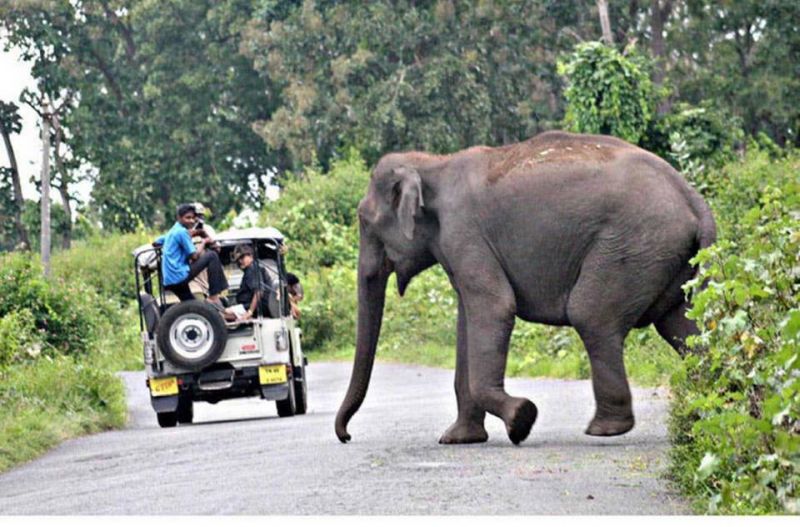Uttarakhand Government will use Bio-Fencing to Avoid Human-Animal Conflicts
‘We fear what we don’t understand’ – this saying is appropriate when we talk of the imminent human-animal conflicts. Such encounters have been there since the beginning of the civilization, due to the behavioral differences. In modern times, when industrialization and deforestation are threatening the very existence of living species, human-animal conflicts have become quite common.
Since their natural habitat is being swallowed by human settlements, the animals are moving toward villages and cities in search of food and shelter. To prevent such encounters between wild animals and humans (which could turn into conflicts) people have always used traditional fencing methods, such as electric wires, walls, and pits to separate forests and human settlements.

Image: The Hindu
Though these brutal fencing systems safeguard the humans, their livestock and the crops from animal attacks; many wild animals lose their lives while trying to get past such fences.
The Indian state of Uttarakhand is home to a variety of wildlife species and the recent industrialization and urbanization progress have made human-animal conflicts very common event in the state. The Forest Department has been using traditional fencing methods to keep the wild animals out of residential areas for many years.
According to the reports, leopards and bears, along with elephants and wild boars pose a major threat to human lives, livestock and crops.
Also Read: Longest Indian Flyover in Kaziranga National Park to Protect Wild Animals
Recently, the state government has declared to use bio-fencing by growing various plants and grass species in the areas known as animal entryways into residential areas.
The officials revealed that bio-fencing is a better alternative for traditional fencing systems which are cruel to the wild animals. Lemongrass, agave, rambans, and certain species of chilly will be grown in areas where wild animals enter the residential areas. These methods will be economical and environmentally-friendly as compared to other methods.
Lemongrass is known to deter the elephants and agave does the same to wild boars. Growing these plants will be economical for the farmers as well. Bio-fencing seems a much better way to prevent human-animal conflicts as it is very costly to maintain other fencing systems.
The Forest Department records show that 342 people were killed and 1,857 were injured in human-animal conflicts over past six financial years in the state. Wild animals killed 31,919 livestock and destroyed 2,065-hectare of crop during the same time period. 16 people have lost their lives in conflict with wild animals till July in the current financial year.
The innovative step of Uttarakhand government is appreciable and humanitarian. Not only will it protect human settlements but also prevent wild animals from entering into residential areas without causing them any harm.
Via: Indian Express